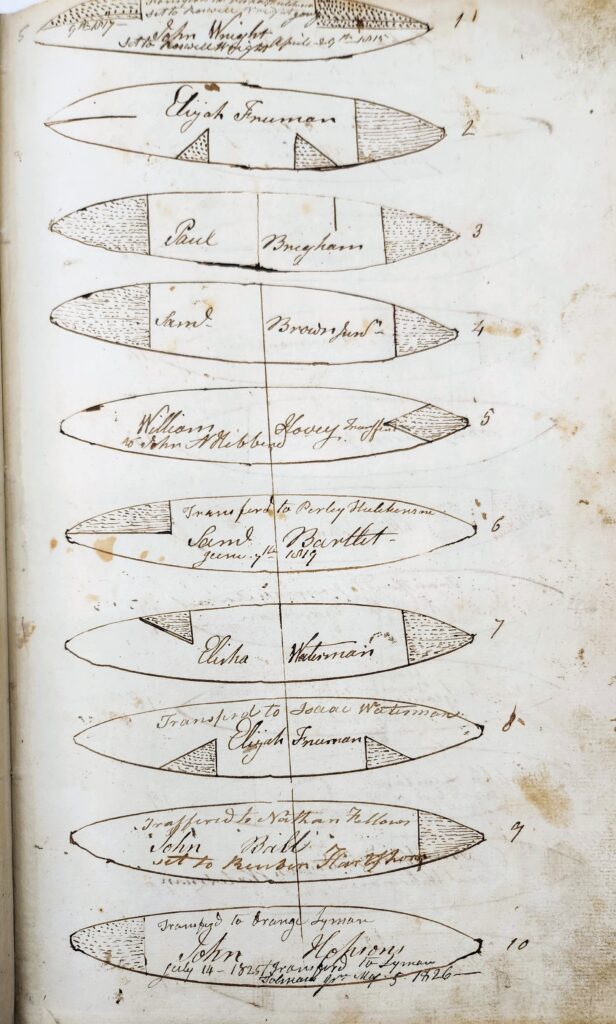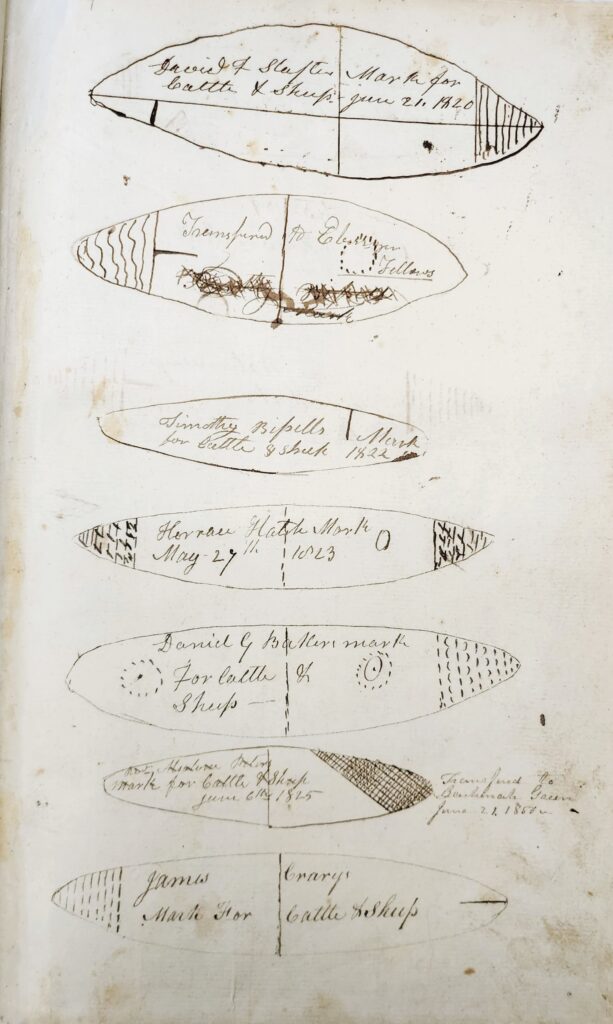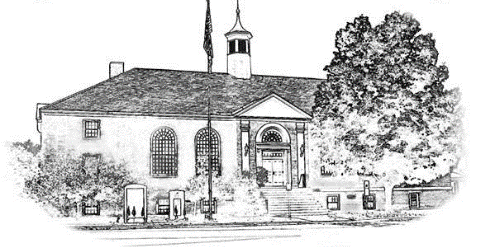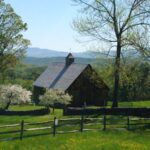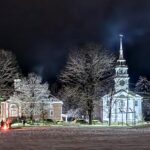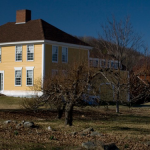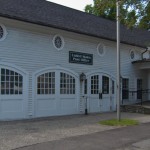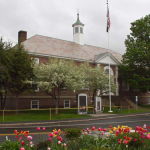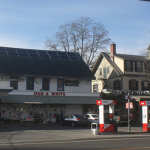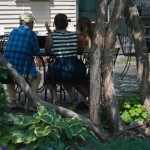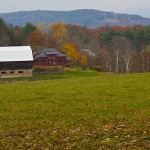Thanks to the work of Virginia Close in transcribing documents found in the archival boxes in our vault, we know that the Town Meeting Records 1778+ volume is a copy of loose papers made at some later date, and perhaps not always faithful to the originals. In Box 1, Folder 3 of the town archives Virginia noted a report from 1838 in which the Town Clerk wrote that when he “received the papers and pamphlets belonging to said town in March last from his predecessor in office, they were delivered to him promiscuously crowded into a flour barrel & basket, in a most sorrowful condition, having apparently lain there for some years.” (There follows a search for the missing town charter, which had apparently been loaned to Woodstock and not returned, requiring Norwich’s Town Clerk to twice call on his counterpart in Woodstock before the charter was recovered.)

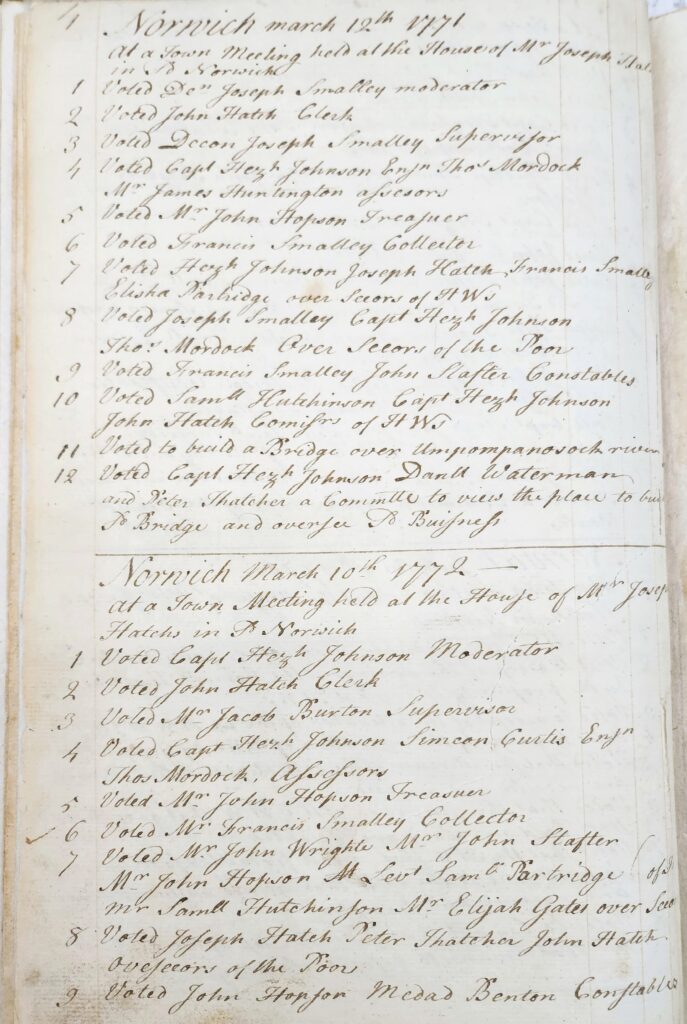
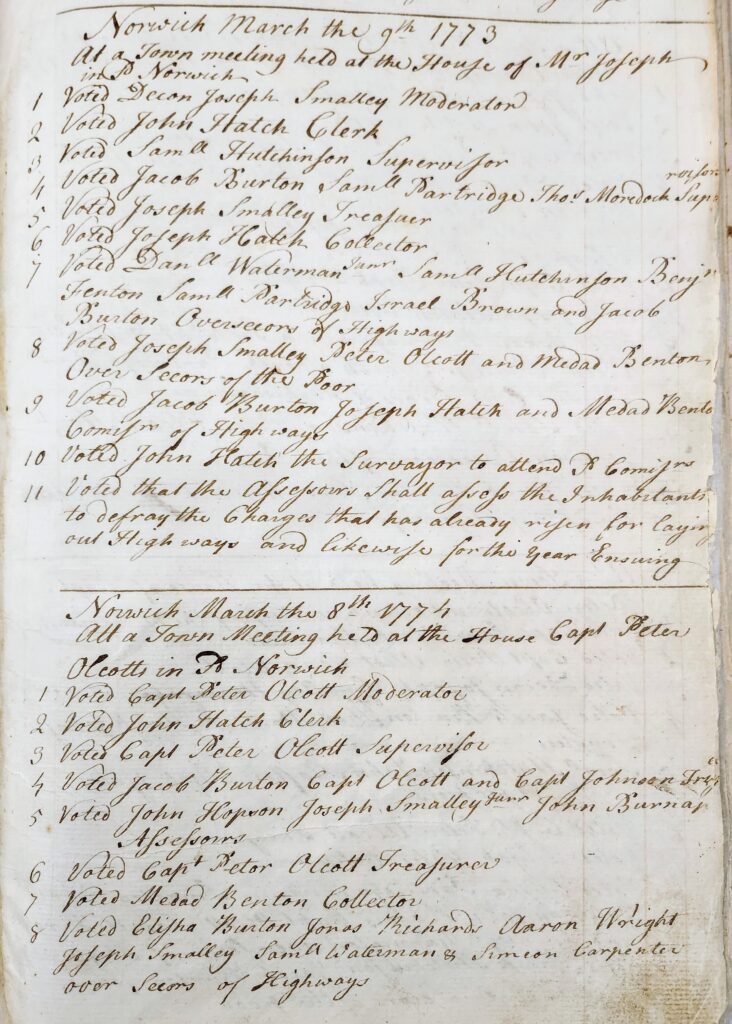
The above pictures show the frontispiece of the 1778 Town Meeting book – a gift from Elisha Burton – and two pages of town meeting minutes for 1771-1774.

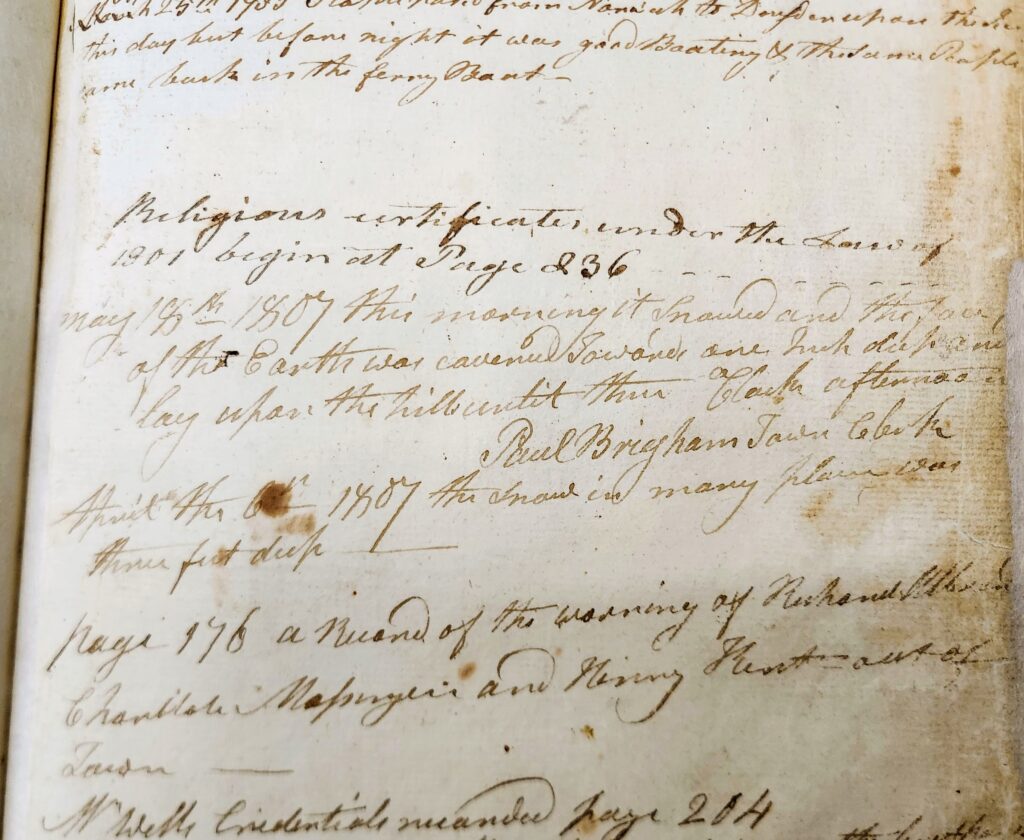
If you enlarge the above left photo, you can see that the clerk noted unusual weather. This entry says “May 18th 1807 This morning it snowed and the face of the earth was covered towards one inch deep and [it] lay upon the hills until three o’clock afternoon. Paul Brigham Town Clerk.” Below that is an entry from April 6th 1807 which reads “The snow in many places was three feet deep.”
The photo on the right is of the same page, but you can see that above the note on the weather a clerk has written “Religious certificates under the Law of 1801 begin at Page 236.” Religious certificates were used to exempt people from paying taxes toward the construction of a meeting house and the salary of its minister. The Law of 1801 refers to an amendment of the Ministerial Act to Support the Gospel (1783), which decreed that by a two thirds vote a town could levy property taxes to construct a meeting house and hire a minister. In 1806 this amendment was condemned by the Council of Censors (the only form of judicial review in Vermont in the early 1800s) and the Ministerial Act was formally repealed in 1807. You can read more about all this in Appendix C, which starts on page 4.
Several pages of religious exemptions are included below – they’re all written in the Clerk’s hand and use the same formula: “I do not agree in Religious opinion with the majority of the inhabitants of this town or parish, as the case may be.” The clerk then wrote the person’s name and the date of their application.
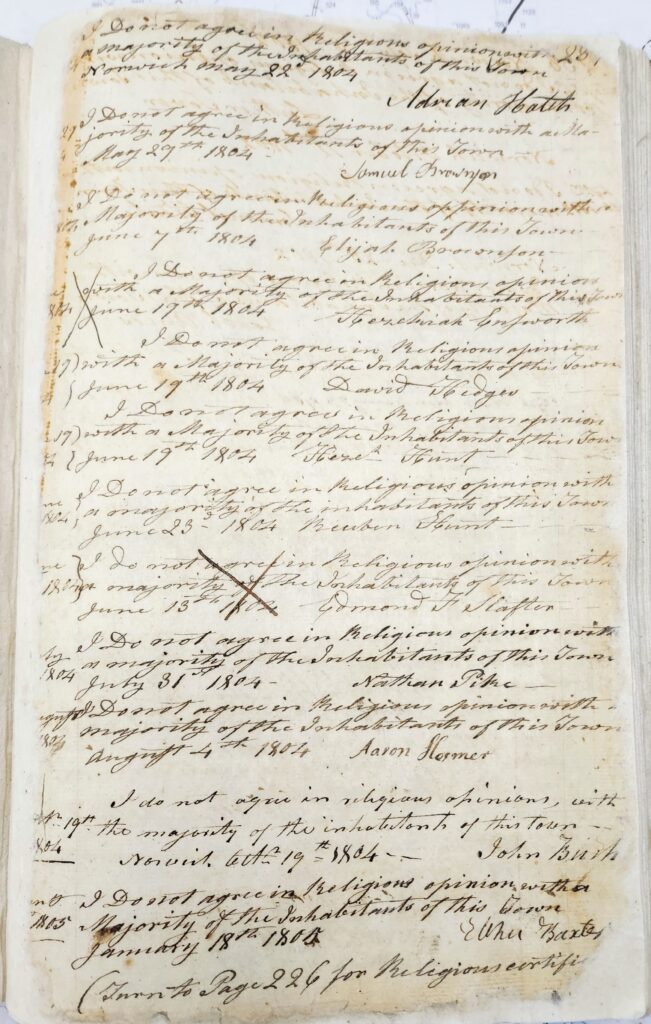
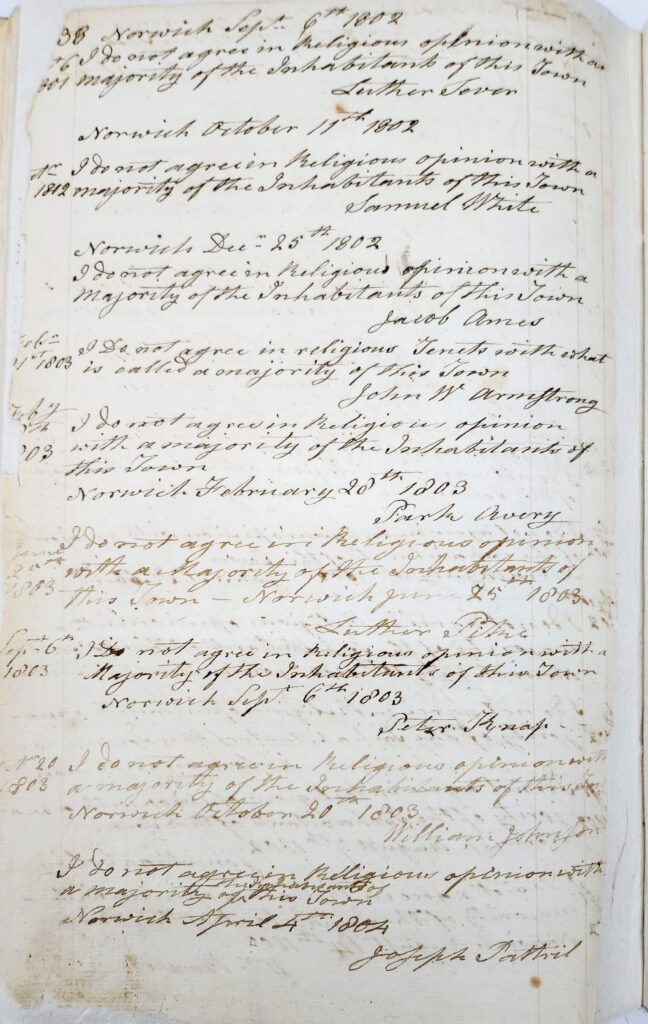
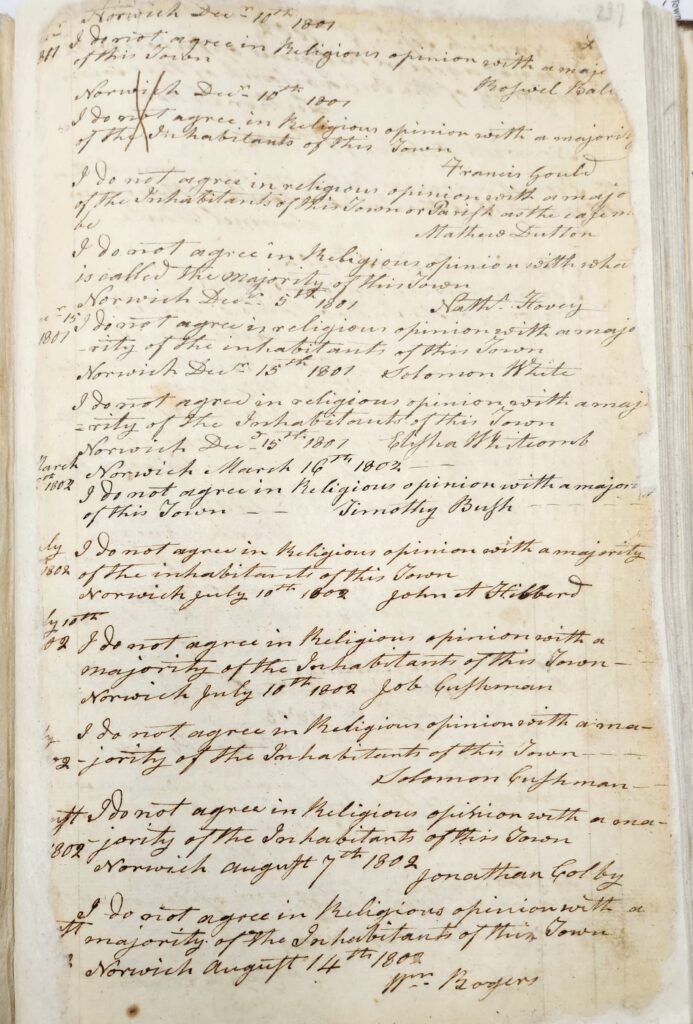
The book also has pages and pages of earmarks in it. These were patterns cut into the ears of cattle in order to determine ownership – critical when cattle were being grazed together on common land. You can see in the pictures where certain marks were transferred to other men.
